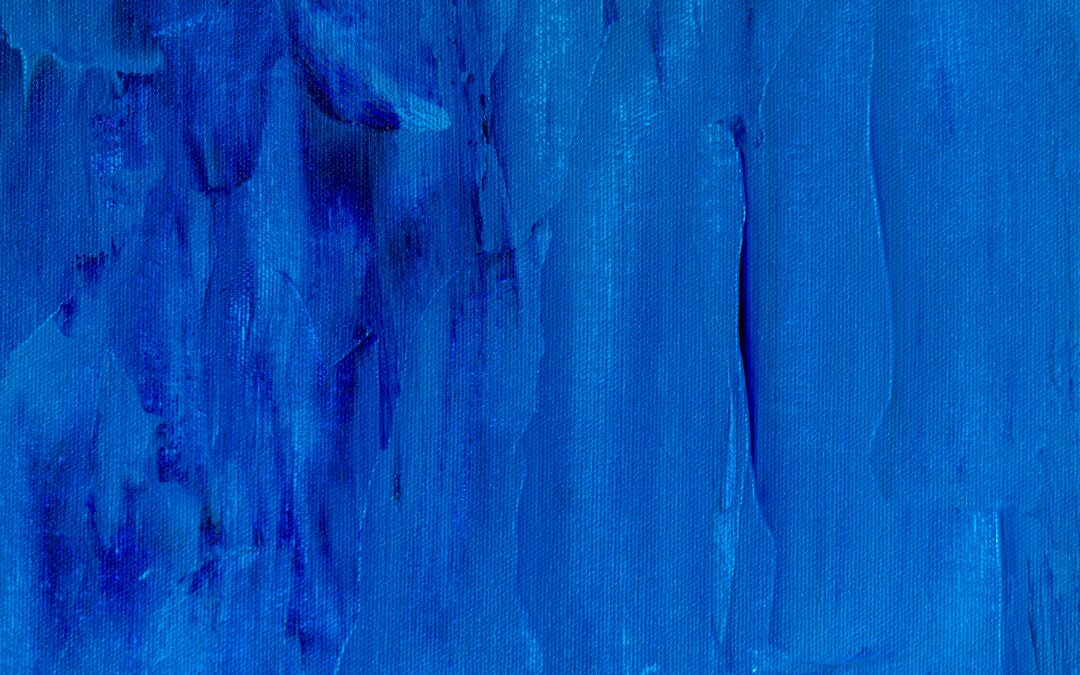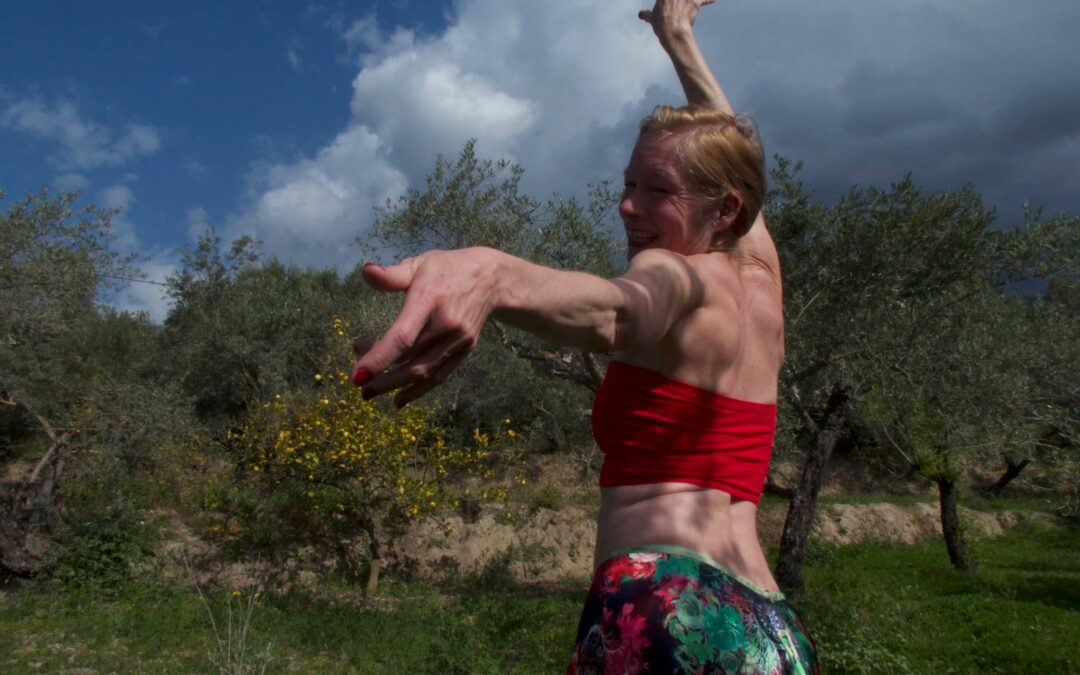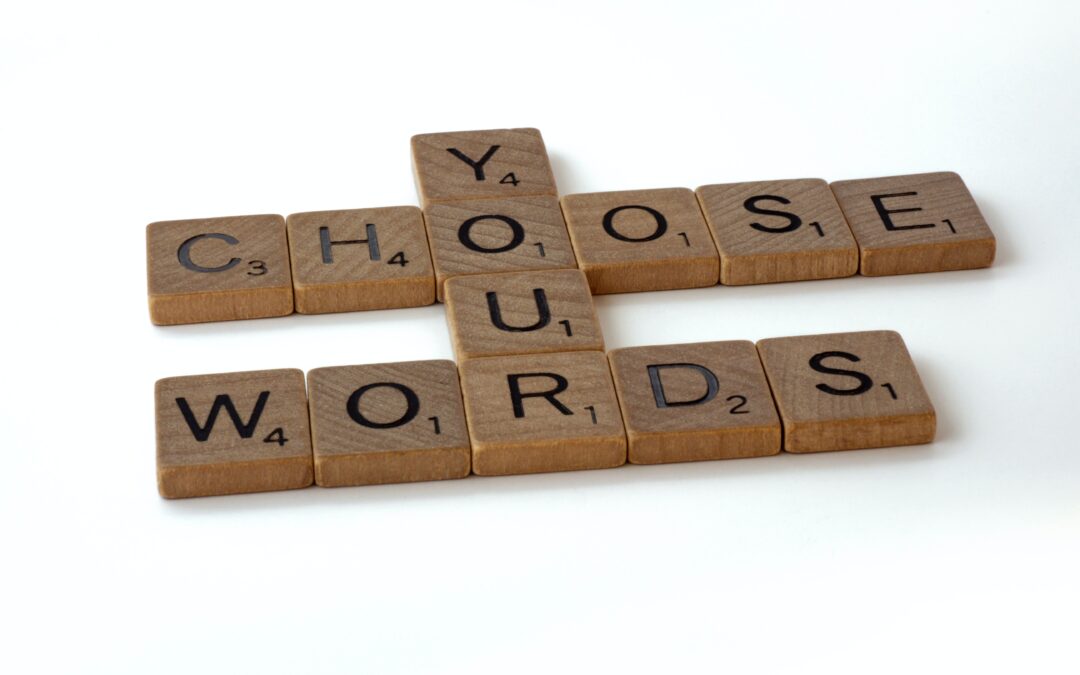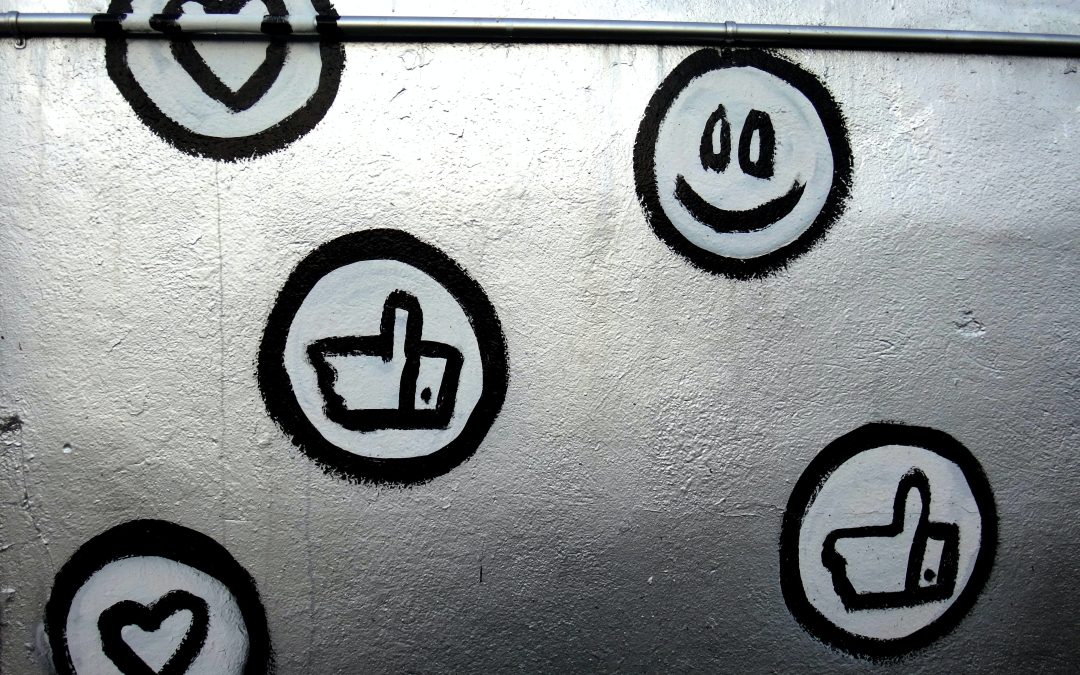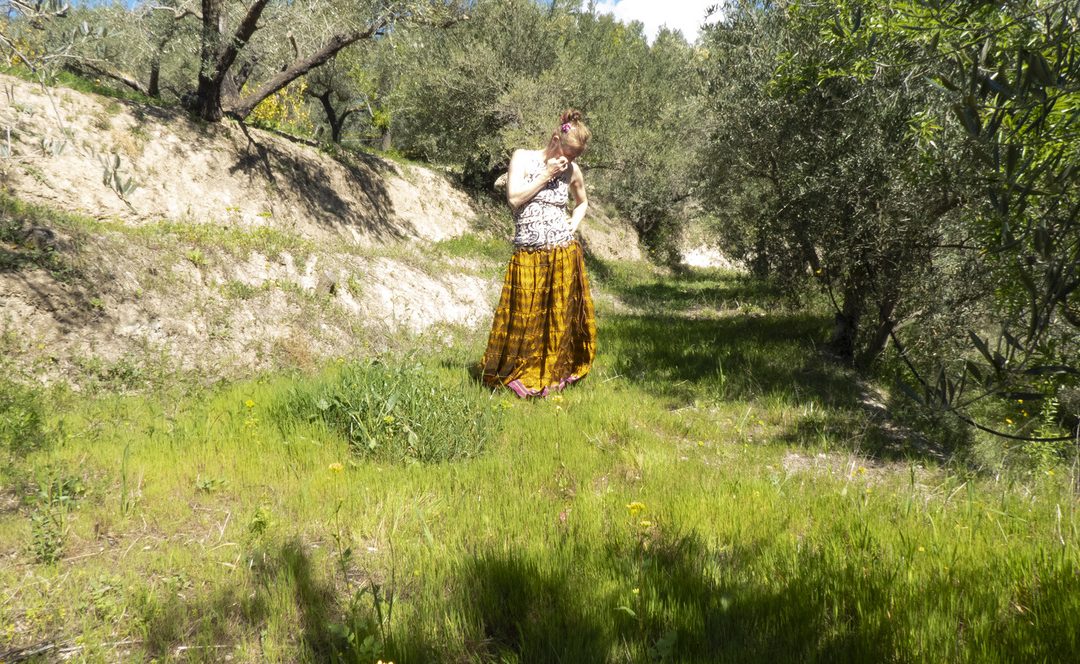I am in the midst of preparing the sessions for the ‘Embrace your Body Wise’ retreat in May. The retreat will be a journey of somatic dance play that takes you into your own depths to feel, move and be moved, to discover, connect, heal and grow in your natural time, guided by your natural rhythm. We will move, heal and create at the pace and rhythm of our nervous system.
This somatic journey connects us to all the inner resources that help us experience ourselves from a non-judgmental, innate wise, and curious place. Being playful brings us to a place where we can be open, inquisitive, and joyful. The main state for both organic, experiential, neuroplastic learning, and holding space for self-regulation of our sensitive nervous systems.
But what is somatic you might ask me. One of these mysterious coaching words? Today I want to shine my light on somatic awareness and help you understand more about somatically oriented learning.
A Study of Experiencing your body from within
Soma means the living body. Somatic refers to the study of experiencing ourselves from within the body; the whole living system that we are. In other words, having a felt sense of ourselves. Somatic approaches are body-centered instead of mind-centered or spiritually centered. That doesn’t mean that there is no place for spirituality. On the contrary, the living body is where the mind, biology, soul, and spirit meet to create and celebrate life.
Somatic modalities are offered successfully in many fields of personal development and trauma. Research shows that the body holds all of our memories -both conscious and unconscious- in our brain, cells, tissues, and bones. The body keeps the score, as the title of well-known psychiatrist Bessel van der Kolk’s groundbreaking book on stress and trauma processing reads.
And at the same moment, awareness in the body is what gives us a sense of being present in the here and now and of being alive. Movement and stillness are both ways to enter the body’s memories. Most somatic practices use a combination of awareness, and involuntary or voluntary movement to release pain, trauma, and stress.
Back to somatic dance play creativity…
My somatic movement practices add attentive movement, and stillness to ‘experiencing from within’, to bring awareness to both internal and external relationship patterns and habits of perception that perpetuate fragile self-esteem, and a sense of hyper-vigilance and not belonging. I believe that changing the way we move can change our self-image and the perception we have of the world, in a gradual, sustainable, nervous system-friendly way. It is a graceful and empowering way of changing that respects our system’s need to keep balance.
“When you witness without judgement, how you move, behave and imagine yourself to be in the world, you can initiate change. Change can happen by learning to become aware through enjoyable movements that may bring to light personal details about yourself you never knew.” Moshe Feldenkrais
Moving with awareness teaches us about our body’s interaction with the environment, thoughts, feelings, and emotions. We get to know and familiarize ourselves with the somatic antennae by which we inform our nervous system (sensation, senses, image, meaning, emotion, and our energy perceivers). This allows us to clean out those antennae that have become clouded by our unconscious attachment to old painful experiences and limiting beliefs. In this way, we can be purely present with what is now and here and adjust our perception of our inner and external reality and environment like-wise. This creates the embodied experience of wholeness and aliveness that is fundamental to feeling a deep vitality at the heart of our being.
In a physical way, attentive movement informs us, and our nervous system, about the relationship patterns between our muscles, organs, the connective tissue on one hand, and emotions, thoughts, beliefs, and feelings on the other. When these patterns are far from optimal we experience pain, tension, and tightness. All motor movement begins with these relationship patterns and can be improved by improving these relationships from within. Our own Body Wise guides us in getting to know our habits in relationship dynamics. Having this understanding helps us re-pattern habits that create struggles in relationships. What would it be like to feel genuinely present, safe, and intimate in relationships that are important to you?
When we alter the stimuli our nervous system receives, we change our entire perception. Awareness and the intention to focus on what feels comfortable, pleasurable and easy are the keys.
“Aren’t we all in varying degrees, captives in our own personal prisons, bound by our limiting habits?” Ruthy Alon
How would it change your life if you can consciously choose movement that feels free and pleasurable and makes you feel relaxed, centered, present, and at home in your body? Ways of moving that contribute to feeling effortless in navigating life’s challenges?
Do you love yourself enough to join the dance of your Wise sensuous body and receive her gifts wholeheartedly?
‘Embracing Your Body Wise’ is an invitation to reconnect with your inner sensuous wisdom, rediscover playful, spontaneous movement, reattune to the wonder and magic of your sensational you, and consciously choose the path of enjoyment and ease to navigate life and build a caring, joyous relationship with yourself. Well isn’t that a spark for our vitality and inner sparkle?
Again I believe it all begins with reconnecting to your own nature, coming home to your body, re-attune to the sensuous world in and outside, and experiencing a felt sense of yourself.
Check my ‘Embrace your Body Wise retreat’ on Bookretreats.com
What people say:
“Thank you, so much. It was such a blessing to be able to transform through dance and be held in a safe, sacred, beautiful outdoor space. I’m amazed at the tenacity of your body wisdom and that rare gift you have of guiding while supporting freedom and intuitive movement. There was such a depth and complexity to your work and yet it was so simple and easy to engage, to flow, to dance, to move, to transform, and to just be. Thank you. I had profound realizations and moments of such clarity on deep core issues. It’s wonderful knowing I embodied those transformations. I feel completely different now when I walk and move”. Lucy Hunter
